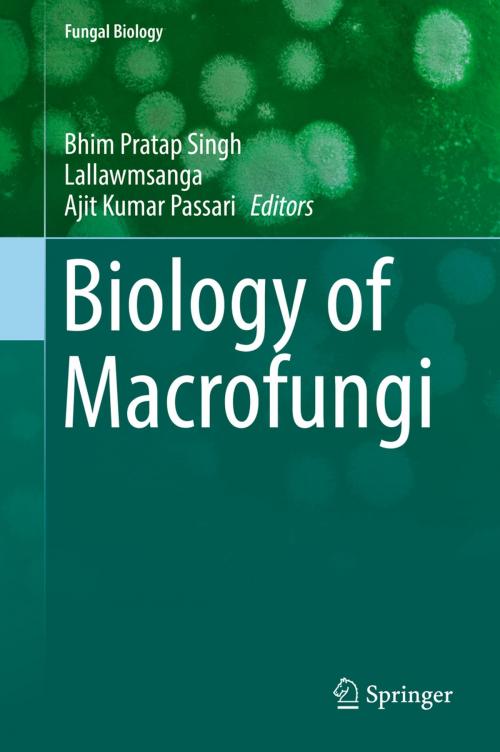| Author: | ISBN: | 9783030026226 | |
| Publisher: | Springer International Publishing | Publication: | January 24, 2019 |
| Imprint: | Springer | Language: | English |
| Author: | |
| ISBN: | 9783030026226 |
| Publisher: | Springer International Publishing |
| Publication: | January 24, 2019 |
| Imprint: | Springer |
| Language: | English |
Mushrooms are fleshy fungi with a high prospective for the production of secondary metabolites including extracellular enzymes with high agricultural and biotechnological significance. Worldwide, they are well recognized as supplementary foods due to their high nutritional values and their medicinal importance, which includes their uses in exhibiting antioxidant and antimicrobial activities, immune enhancer, and to be effective for the treatment of several diseases including diabetes and few types of cancers as well. According to recent studies, extracellular enzymes produced by several white-rot fungal strains such as Phanerochaete chrysosporium, Pleurotus sajor-caju and several mushrooms have shown a high capacity to decolorize dyes that are very harmful for the environment. Moreover, wild macrofungi have the capability to synthesize nanoparticles which are more useful for the treatment of cancer, gene therapy, DNA analysis and biosensors. Wild macrofungi are extremely important model for basic biology and commercial manufacture.
Mushrooms are fleshy fungi with a high prospective for the production of secondary metabolites including extracellular enzymes with high agricultural and biotechnological significance. Worldwide, they are well recognized as supplementary foods due to their high nutritional values and their medicinal importance, which includes their uses in exhibiting antioxidant and antimicrobial activities, immune enhancer, and to be effective for the treatment of several diseases including diabetes and few types of cancers as well. According to recent studies, extracellular enzymes produced by several white-rot fungal strains such as Phanerochaete chrysosporium, Pleurotus sajor-caju and several mushrooms have shown a high capacity to decolorize dyes that are very harmful for the environment. Moreover, wild macrofungi have the capability to synthesize nanoparticles which are more useful for the treatment of cancer, gene therapy, DNA analysis and biosensors. Wild macrofungi are extremely important model for basic biology and commercial manufacture.















